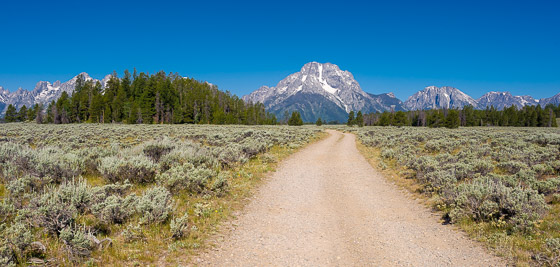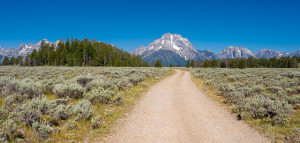On- and off-roading
Two wheels or four in our national parks?
Welcome to the second installment of the Photographing National Parks Newsletter. This week’s question is about what kind of car to drive when shooting a park. As much as I advocate getting off the road and onto the trail, at most of our parks a motor vehicle is the first line of travel, so the question can be an important one to consider.
Also of interest
Before we get to driving, I’d like to mention that I’ve recently been booked to speak at two events in 2016:
- New England Camera Club Council Photographic Conference in Amherst, Massachusetts, July 15-17
- Photographic Society of America Annual Conference in San Antonio, Texas, September 17
Both are great events that I’m excited to be part of. If you are attending either, please be sure to say hello!
Shooting starfish
Lastly, a new article has been posted to the website: Top 5 National Parks for Photographing Tide Pools.
Onward…
This Week’s Question
Q: In your book you touch on locomotion, but I was curious if you tend to err on the side of renting or if you own a vehicle that you use for a lot of your travels. Perhaps you can offer some advice as to what sort of vehicle would be best suited to photography and getting around on some more off-the-beaten-path areas? — Michael Hitchner, Washington
A: What vehicle I use for traveling depends a lot on the particular park. It also depends on how far the park is from where I live—i.e., when shooting Acadia, Shenandoah or the Smokies, I always drive, because it takes me less than a day, and then I have my own car with me.
For years I drove a Jeep Wrangler, which was great for pretty much any driving situation I came across in a park, whether on pavement or primitive road. These days I’m driving a Lexus SUV. It’s not a Jeep, but it did surprisingly well when my GPS got me lost on old, muddy logging roads at the edge of Congaree National Park last spring.
The short answer is that I use the appropriate wheels for where I’m driving. For example, in Acadia or the Everglades, there’s no need for 4WD or ground clearance, so even a sedan is fine for getting around to trails heads, etc. I would argue the same for nearly all of Yellowstone, but Grand Teton has a few primitive roads I wouldn’t want to bring something less than a Jeep or sturdy pickup truck on. Canyonlands can be partially driven by sedan, but the best parts of the park need 4WD and ground clearance; same for Capitol Reef, and you could argue that for Death Valley too. And Wrangell-St. Elias demands 4WD—it would be foolhardy to drive into the park with a sedan.
Of course, 4WD vehicles cost more to rent, and to fuel, so that may play into the equation as well.
I suppose it’s analogous to camera gear. You buy/rent/bring what you need, and probably nothing more. No sense hauling a 600mm f/4 into Mt. Rainier if you’re just shooting summer wildflowers; likewise, no sense paying money to rent a 4WD just to drive the paved loop road in Hot Springs National Park.
Another point to consider is whether the car has locking trunk space. That’s pretty crucial if you want the option to to leave some gear behind while hiking. Another thing I liked about my old Jeep is that from the outside, you wouldn’t know it had any trunk space at all, but I could fit all my camera into it. Locked, hidden and completely inconspicuous.
[contentblock id=newsletterfooter]


